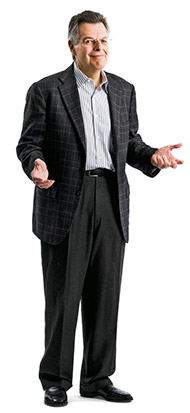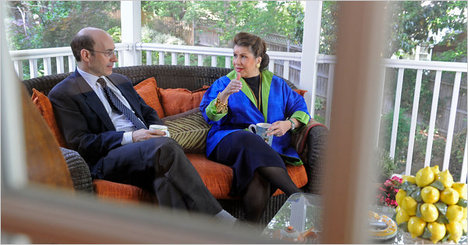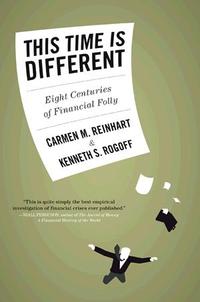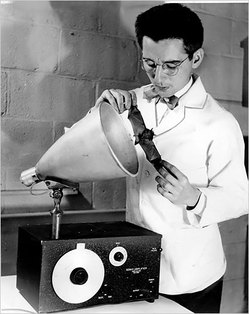(p. 8) Florence, in the year 1641, had been essentially the private fief of the Medici family for two centuries. The city, ground zero for both the Renaissance and the Scientific Revolution, was also where Galileo Galilei had chosen to live out the sentence imposed by the Inquisition for his heretical writings that argued that the earth revolved around the sun. Galileo was seventy years old and living in a villa in Arcetri, in the hills above the city, (p. 9) when he read a book on the physics of movement titled De motu (sometimes Trattato del Moto) and summoned its author, Evangelista Torricelli, a mathematician then living in Rome. Torricelli, whose admiration for Galileo was practically without limit, decamped in time not only to spend the last three months of the great man’s life at his side, but to succeed him as professor of mathematics at the Florentine Academy.
. . .
(p. 9) . . . , Torricelli used a tool even more powerful than his well–cultivated talent for mathematical logic: He did experiments. At the behest of one of his patrons, the Grand Duke of Tuscany, whose engineers were unable to build a sufficiently powerful pump, Torricelli designed a series of apparatuses to test the limits of the action of contemporary water pumps. In spring of 1644, Torricelli filled a narrow, four-foot-long glass tube with mercury–a far heavier fluid than water–inverted it in a basin of mercury, sealing the tube’s top. and documented that while the mercury did not pour out, it did leave a space at the closed top of the tube. He reasoned that since nothing could have slipped past the mercury in the tube, what occupied the top of the tube must, therefore, be nothing: a vacuum.
. . .
(p. 10) Torricelli was not, even by the standards of his day, a terribly ambitious inventor. When faced with hostility from religious authorities and other traditionalists who believed, correctly, that his discovery was a direct shot at the Aristotelian world, he happily returned to his beloved cycloids, the latest traveler to find himself on the wrong side of the boundary line between science and technology
But by then it no longer mattered if Torricelli was willing to leave the messiness of physics for the perfection of mathematics: vacuum would keep mercury in the bottle, hut the genie was already out. Nature might have found vacuum repugnant for two thousand years, but Europe was about to embrace it.
Source:
Rosen, William. The Most Powerful Idea in the World: A Story of Steam, Industry, and Invention. New York: Random House, 2010.
(Note: italics in original; ellipses added.)








